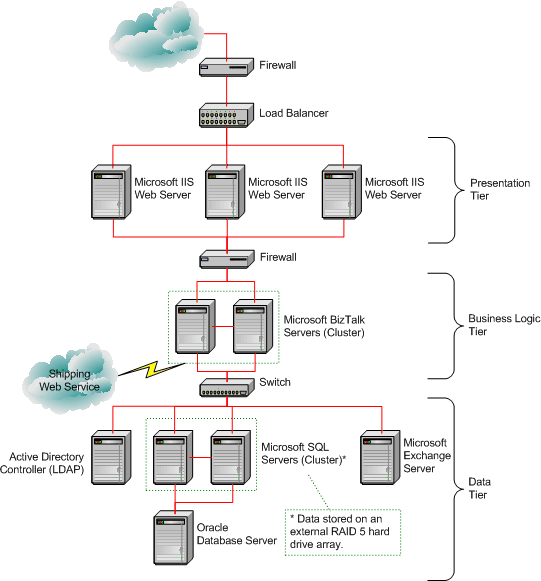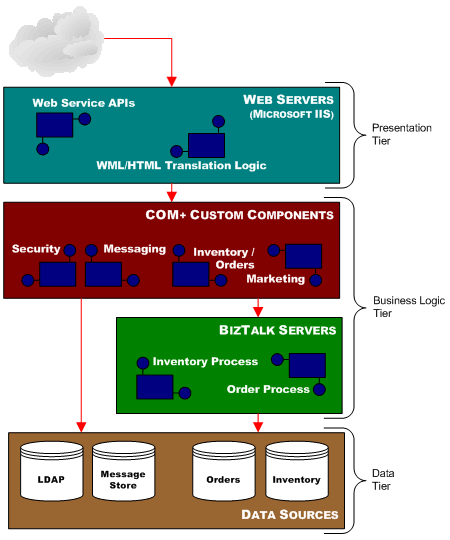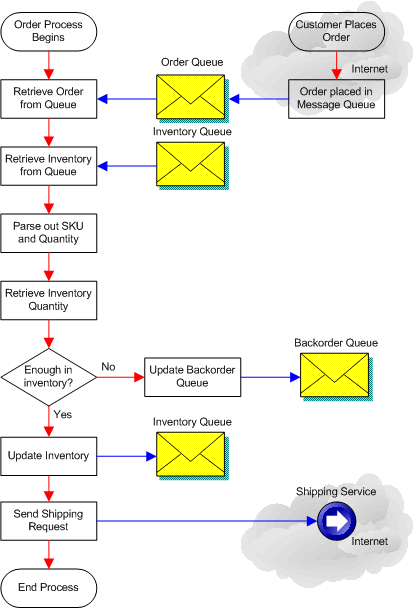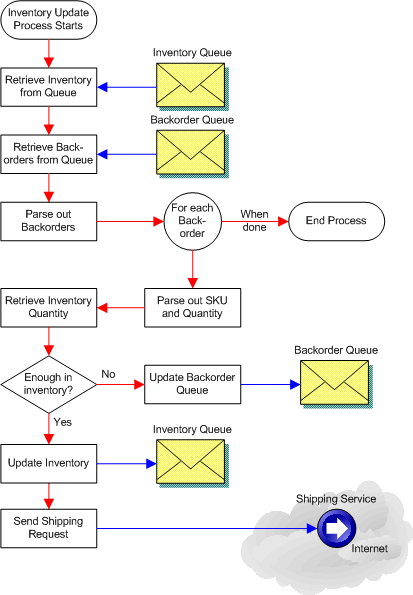- Create a CRM application to increate high-value customer retention and correct missed sales opportunities due to delayed communication between Marketing and Sales teams (which was causing damage to brand recognition because of inconsistent and unreliable message delivery to customers).
- Increase sales revenue by optimizing a complex array of products, services, and partners for global strategic-level accounts. To stand out in increasingly generic product markets, sales and customer service must provide a strategic process differentiator, increasing customer loyalty and commitment.
- Create a single-system integration of disparate data sources, unique user groups, and a variety of access channels.
Project Date: January, 2001
Multi - Channel Prototype
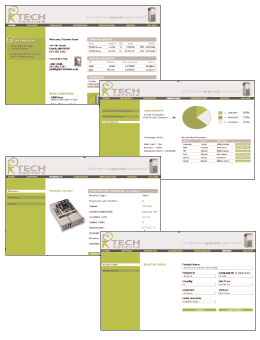
Project Goal
Project Considerations
- The user-experience design must have included complete tracking of orders, products, inventory, technical product support (for order or quote purposes) and marketing campaign creation, tracking, and results reporting.
- The customer should have had the ability to place, track and maintain their orders off the Web or via a WAP interface or PDA device.
- The corporate sales/marketing user should have been able to coordinate customer marketing and order management tasks with their own personal scheduler, email, and document manager (Microsoft Exchange/Outlook).
Project Implementation
- The system was implemented using a multi-tiered, physical architecture based on Microsoft technologies (see Diagram 1). All web requests were load-balanced across the Microsoft IIS Web Servers via a load balancer. Both the Microsoft BizTalk and SQL Servers were clustered for maximum redundancy and uptime. Both the Microsoft SQL Server and Oracle Database Server utilized an External RAID 5 drive array. Finally, the system had full task management, scheduling, and email functionality via a Microsoft Exchange server.
- The solution stack incorporated a Microsoft Exchange messaging system, BizTalk server, Web Services, Microsoft's Active Directory security system, Microsoft SQL and Oracle databases, and custom COM+ components developed in Visual Basic (see Diagram 2).
- The web front end is connected to the Microsoft Exchange/Outlook and Microsoft SQL servers via Web Service interfaces. This was done mostly as a Web Services demonstration (Microsoft had only just released the SOAP toolkit and the concept of Web Service API's was fairly new).
- Data from the Oracle Database was retrieved through a "Link" in Microsoft SQL Server and designated table views. This was used to demonstrate the ability to integrate SQL Server to legacy database systems.
- All inventory, order and backorder information was stored as XML strings within MSMQ Queues. The Microsoft BizTalk Servers managed the workflow processes involved with maintaining the order and inventory information. The application also utilized Web Services to integrate with a fictional third-party shipping company. Diagram 3 outlines the workflow that happened when a user placed an order. Diagram 4 outlines the workflow that executed on a scheduled basis and managed product inventory and backorders.
- The system was built to also integrate with an inventory-purchasing package to complete the backlog component process. Once an order is determined to be out of stock based on inventory levels, the system would forward a purchase request via a Web Service to the purchasing application, requesting additional stock purchases.
